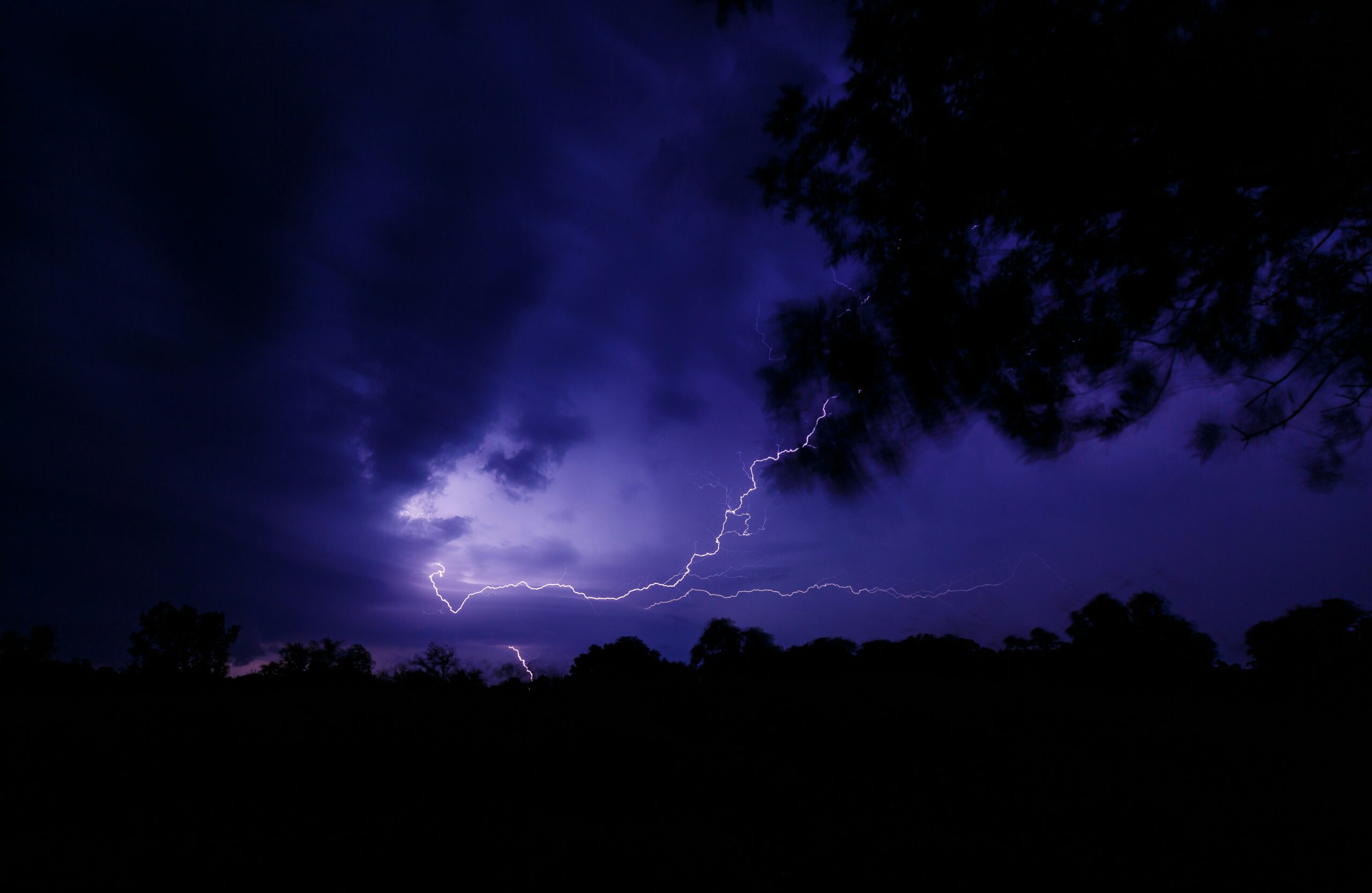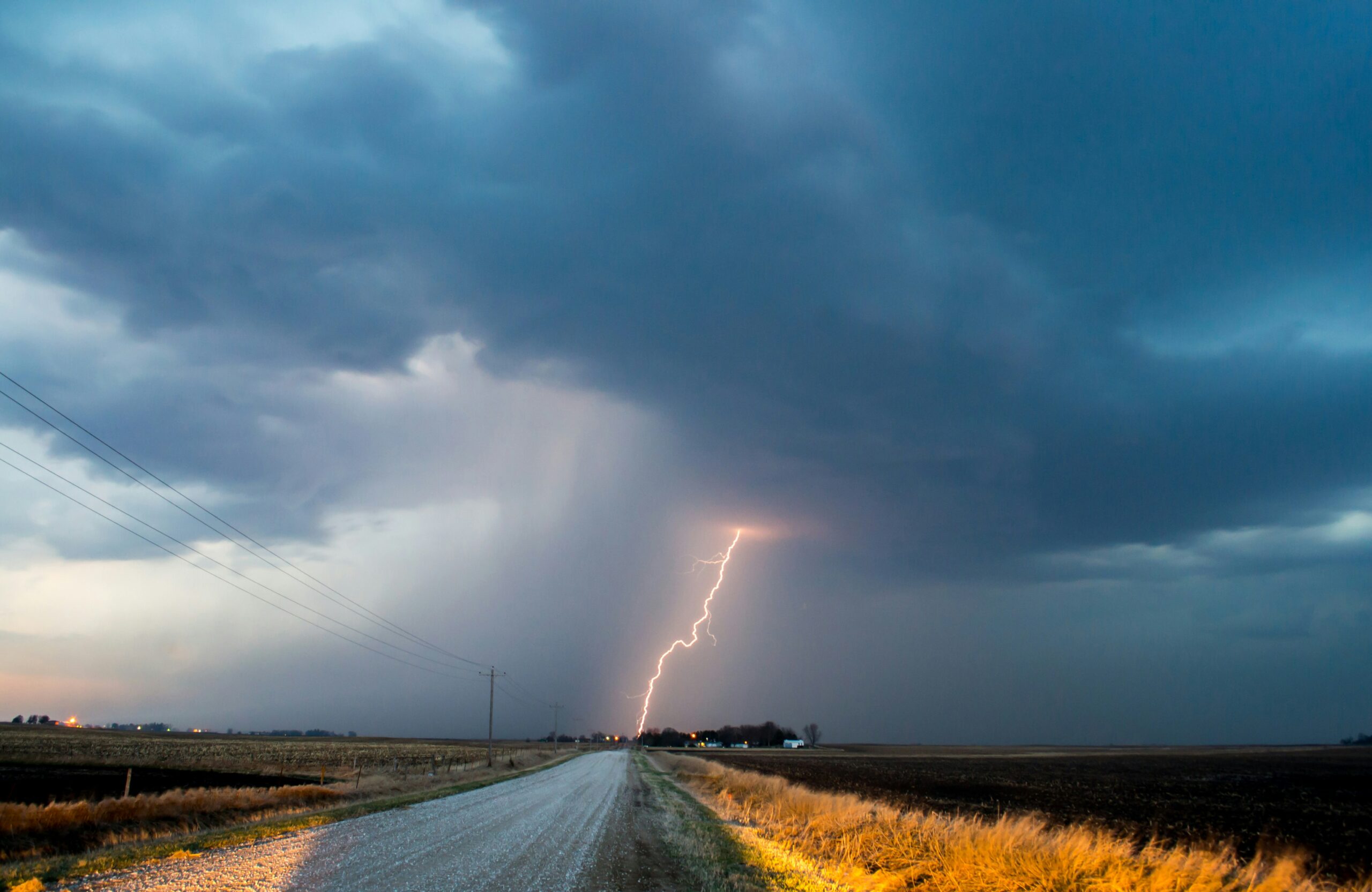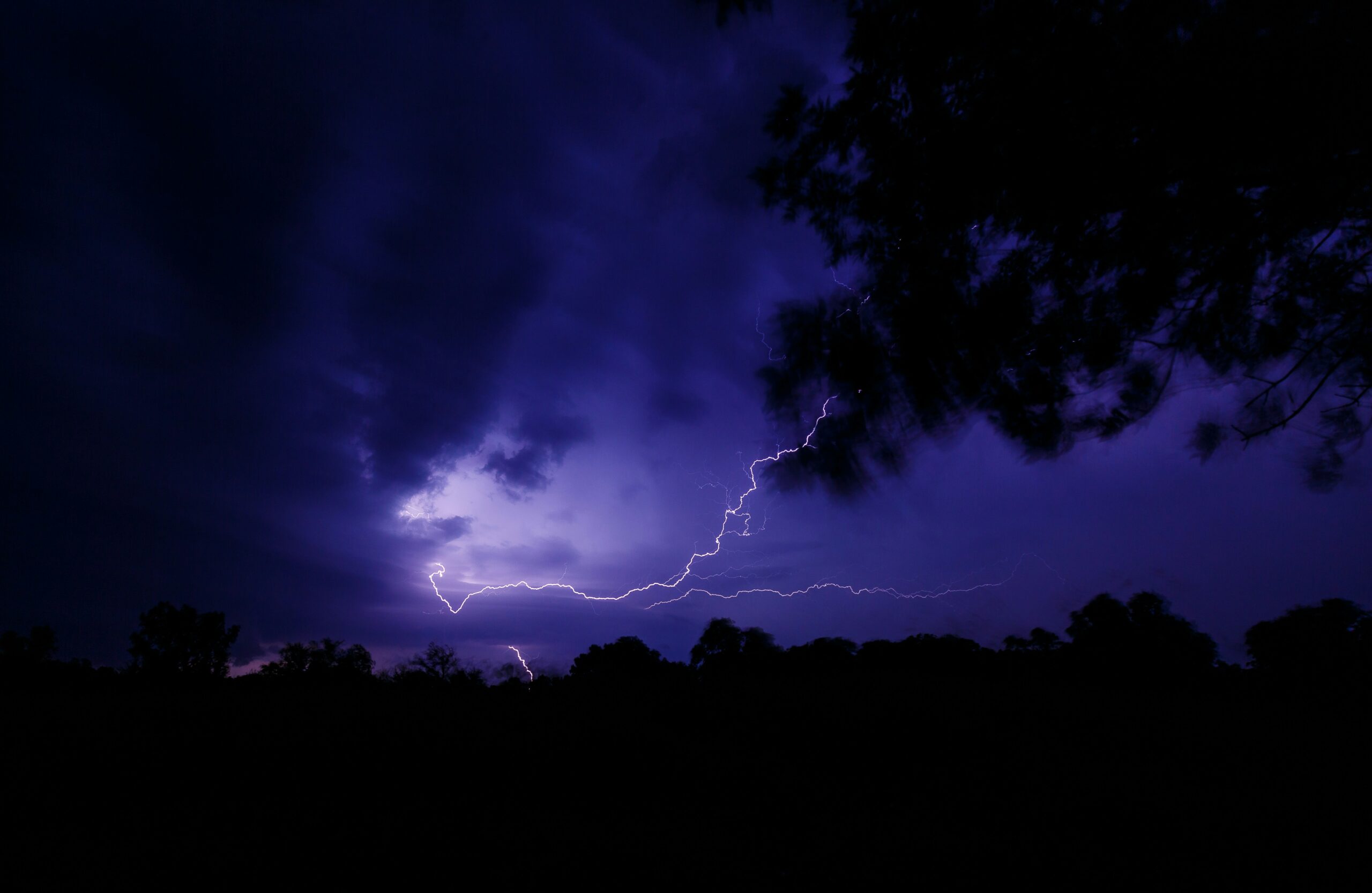Mount Shasta, with its breathtaking landscapes and majestic beauty, has always been a hotspot for adventure seekers. But have you ever wondered if you can take your adrenaline to new heights and paraglide or hang glide from this iconic mountain? Well, the answer is a resounding yes! Mount Shasta offers the perfect playground for paragliding and hang gliding enthusiasts, with its favorable wind patterns and expansive open spaces. So, if you're looking to soar above the clouds and experience the thrill of flight, Mount Shasta is waiting to fulfill your soaring dreams.
Understanding Mt. Shasta
Mt. Shasta, located in Northern California, is a prominent feature of the Cascade Range and has long been an alluring destination for outdoor enthusiasts. With an elevation of 14,179 feet, it is the second-highest peak in the range and offers breathtaking views of the surrounding landscape. The mountain's geographical structure features multiple glaciers, steep cliffs, and a rugged terrain, making it an ideal playground for adventure sports.
Mt. Shasta's Elevation and Weather
The high elevation of Mt. Shasta brings with it unique weather conditions that must be taken into account when planning any outdoor activity. It is crucial to understand that weather on the mountain can change rapidly, even during the summer months. Thunderstorms, high winds, and low visibility can pose significant risks for paragliders and hang gliders. Checking weather forecasts and consulting with local experts is essential for ensuring a safe and enjoyable experience.

Accessibility for Adventure Sports
Mt. Shasta's accessibility for adventure sports makes it an attractive destination for paragliding and hang gliding enthusiasts. The mountain offers various launch points and landing zones that cater to different skill levels and preferences. However, it is important to note that while the mountain welcomes these activities, there are certain guidelines and regulations to adhere to for safety and environmental concerns.
The Concept of Paragliding and Hang Gliding
Definition of Paragliding and Hang Gliding
Paragliding and hang gliding are exciting forms of flight that allow individuals to soar through the air and experience the sensation of free flight. Paragliding involves using a lightweight, inflatable wing made of ripstop nylon and a harness to control the glider's direction and speed. On the other hand, hang gliding consists of a rigid wing, usually made of aluminum, with a harness suspended beneath it. The pilot shifts their body weight to control the glider's movements.
Required Equipment
Both paragliding and hang gliding require specific equipment to ensure safety and performance. Essential gear for paragliding includes a paraglider wing, harness, reserve parachute, helmet, and communication devices. Hang gliding, on the other hand, necessitates a hang glider wing, harness, helmet, reserve parachute, and radio for communication. It is crucial to invest in high-quality gear and regularly maintain and inspect it to ensure optimal performance and safety.
Skills Needed for Paragliding and Hang Gliding
Paragliding and hang gliding require a certain level of skill and experience to ensure a safe and enjoyable experience. Both sports demand an understanding of aerodynamics, wind patterns, and meteorology. Additionally, pilots must possess the ability to make split-second decisions, maintain situational awareness, and react swiftly to changing conditions. It is essential to undergo proper training and gain proficiency in these skills before attempting to paraglide or hang glide.

Can You Paraglide from Mt. Shasta?
Investigating Legal Implications
Before embarking on your paragliding adventure from Mt. Shasta, it is crucial to understand the legal implications surrounding the activity. While paragliding is allowed on the mountain, there may be specific restrictions or guidelines set by the regulatory bodies overseeing the area. It is important to research and comply with any rules and regulations to ensure the safety of both the pilot and other individuals on the mountain.
Exploring Suitable Launch Points
Mt. Shasta offers several suitable launch points for paragliding, depending on skill level and weather conditions. Bunny Flat, located at an elevation of around 6,950 feet, is a popular launch point, providing a scenic view and suitable conditions for takeoff. Other launch points, such as the Old Ski Bowl and Sand Flats, offer different experiences and challenges. Consulting with local experts and experienced pilots is highly recommended when selecting the appropriate launch point.
Understanding Possible Obstacles
While paragliding from Mt. Shasta can be an exhilarating experience, it is important to be aware of potential obstacles that may pose risks. The rugged and unpredictable terrain of the mountain can present challenges for pilots, including narrow landing zones, uneven surfaces, and sudden changes in wind patterns. Thoroughly understanding the mountain's topography, weather patterns, and potential hazards is crucial for a safe and successful paragliding venture.
Can You Hang Glide from Mt. Shasta?
Analyzing Safety Considerations
Hang gliding from Mt. Shasta offers a unique and thrilling experience for enthusiasts. However, it is essential to evaluate safety considerations before attempting this adventure sport. Hang gliding requires a level of skill and experience beyond that of paragliding due to the complexity of operating a rigid-wing aircraft. Pilots must possess advanced knowledge of aerodynamics, thermals, and wind patterns to maintain control and navigate safely.
Identifying Take-off and Landing Zones
Mt. Shasta provides designated take-off and landing zones for hang gliders, ensuring safe and efficient operations. The Bunny Flat area, considered one of the most popular take-off zones for paragliders, also caters to hang gliders. The wide-open terrain and suitable wind conditions make it an ideal starting point for hang gliding adventures. Additionally, other areas like the Old Ski Bowl and Green Butte Ridge offer alternative take-off options for experienced hang gliders.
Examining Wind and Weather Conditions
Hang gliding heavily relies on wind and weather conditions for safe operations, as pilots harness the wind to gain altitude and maintain flight. Mt. Shasta's weather patterns can be unpredictable, with the potential for high winds, thermal activity, and sudden changes in weather. Analyzing wind direction and strength, as well as monitoring weather forecasts, is crucial for hang gliders to ensure safe takeoff, flight, and landing.

Paragliding and Hang Gliding Rules in Mt. Shasta
Regulatory Body Overseeing These Activities
The regulatory body overseeing paragliding and hang gliding activities in Mt. Shasta is typically the United States Forest Service (USFS). They establish guidelines and restrictions to ensure the safety of participants and the preservation of the mountain's environment. It is crucial to familiarize yourself with the specific regulations set by the USFS and any local authorities to avoid any legal issues and potential harm.
Current Laws and Restrictions
While paragliding and hang gliding are permitted on Mt. Shasta, there may be certain laws and restrictions in place. These may include altitude limitations, designated flight zones, and specific operating hours. It is essential to respect and adhere to these regulations to ensure a harmonious experience for all users of the mountain. Failing to comply with these rules may result in fines or the revocation of future access to the area.
Permits and Paperwork Required
Before undertaking any paragliding or hang gliding activities on Mt. Shasta, it is essential to determine if permits or paperwork are required. This could involve applying for a special-use permit or providing proof of liability insurance. The process may vary depending on the specific regulations imposed by the USFS or other relevant authorities. It is advisable to consult with local experts, such as adventure schools or the USFS, to ensure compliance with all necessary requirements.
Training and Preparation for Paragliding and Hang Gliding on Mt. Shasta
Choosing a Reputable School or Course
Proper training is paramount when diving into the world of paragliding or hang gliding on Mt. Shasta. Choosing a reputable school or course is essential to gain the foundational knowledge, skills, and experience required for a safe and enjoyable adventure. Look for schools that have certified instructors, a proven track record, and positive reviews from past students. Investing in comprehensive training ensures a solid understanding of the sport and fosters good safety practices.
Physical Fitness Requirements
Paragliding and hang gliding demand a certain level of physical fitness to ensure optimal performance and reduce the risk of injury. Pilots must have sufficient strength and endurance to control the glider, maintain balance, and react to changing conditions. Engaging in regular cardiovascular and strength training exercises, such as running, swimming, and core workouts, can help improve overall fitness and prepare the body for the physical demands of these adventure sports.
Understanding the Safety Protocols
Safety should always be the top priority when engaging in paragliding or hang gliding activities on Mt. Shasta. Pilots must familiarize themselves with the safety protocols established by the regulatory bodies and commit to implementing them diligently. These protocols may include pre-flight checks, communication procedures, emergency response plans, and ongoing training and certification requirements. Prioritizing safety not only protects the pilot but also promotes responsible and sustainable participation in these adventure sports.
Risk and Safety Measures
Assessing Potential Dangers
While paragliding and hang gliding offer incredible experiences, it is crucial to acknowledge and assess potential dangers associated with these activities. Some risks include sudden weather changes, equipment failure, human error, and challenging landing conditions. By conducting thorough risk assessments, pilots can identify potential hazards and take appropriate precautionary measures to mitigate risks and enhance safety.
Key Safety Gear Essential for Activities
Having the right safety gear is vital for both paragliding and hang gliding. Pilots should always wear a certified helmet to protect their head during flight. Additionally, carrying a reserve parachute is crucial in case of emergency situations such as a sudden loss of control or an equipment malfunction. Other safety gear may include appropriate clothing to protect against cold temperatures and wind chill, gloves for a firm grip on controls, and communication devices for staying connected with others during flight.
First-Aid and Emergency Response
Being prepared for any potential accidents or emergencies is essential when partaking in adventurous activities like paragliding and hang gliding. Carrying a first-aid kit that includes essential medical supplies such as bandages, disinfectants, and pain relief medication is highly recommended. Additionally, knowing basic emergency response techniques like self-rescue procedures, CPR, and communication protocols can prove invaluable in critical situations. It is also advisable to have a thorough understanding of the local search and rescue procedures and to inform others of your intended flight plans.
Experience of Paragliders and Hang Gliders on Mt. Shasta
Success Stories
Mt. Shasta has been the backdrop for numerous paragliding and hang gliding success stories. Skilled pilots have conquered the mountain, showcasing their ability to navigate challenging conditions and enjoy the freedom of flight. These success stories inspire and motivate others to embark on their own aerial adventures on Mt. Shasta.
Challenges Faced by Participants
While there are many success stories, participants in paragliding and hang gliding on Mt. Shasta also face their fair share of challenges. Unpredictable weather, changing wind patterns, and technical terrain can test even experienced pilots. It requires perseverance, adaptability, and continuous learning to overcome these challenges and ensure a safe and rewarding experience.
Personal Tips and Advice
For those considering paragliding or hang gliding on Mt. Shasta, seasoned pilots offer valuable tips and advice. They emphasize the importance of thorough training, ongoing practice, and always prioritizing safety. Connecting with a supportive community of pilots, staying up-to-date with weather forecasts, and maintaining open communication with local authorities are additional recommendations that can enhance the overall experience.
The Impact of Paragliding and Hang Gliding on Mt. Shasta's Environment
Potential Environmental Concerns
Paragliding and hang gliding, like any outdoor activity, can have environmental impacts that need to be carefully addressed. These include soil erosion, disturbance to wildlife, and damage to natural vegetation. It is important for pilots to practice responsible flying, respecting designated flight areas, minimizing noise pollution, and adhering to any environmental regulations in place.
Sustainability of These Activities
With proper measures in place, paragliding and hang gliding can be sustainable activities on Mt. Shasta. By following all guidelines and regulations, pilots can minimize their impact on the environment and wildlife. Additionally, engaging in educational initiatives about the importance of conservation and environmental stewardship can foster a culture of sustainability within the paragliding and hang gliding community.
How These Sports Affect Local Wildlife
While paragliding and hang gliding activities on Mt. Shasta can have minimal impact on wildlife, it is crucial to be mindful of the potential disturbances caused by these activities. Pilots should maintain a respectful altitude to avoid disturbing nesting sites, roosting areas, or feeding grounds of local bird species. By practicing responsible flight techniques and adhering to designated flight zones, pilots can coexist harmoniously with the local wildlife.
Verdict: Should You Paraglide or Hang Glide from Mt. Shasta?
After considering all aspects, the decision to paraglide or hang glide from Mt. Shasta ultimately rests with the individual's preparedness, skill level, and understanding of the associated risks. It is important to weigh the pros and cons, consult with local authorities and experienced pilots, and thoroughly evaluate one's own capabilities and limitations. Additionally, exploring alternative adventure sports available in Mt. Shasta, such as hiking, rock climbing, or mountain biking, can also provide thrilling experiences in a different capacity.

